When installing this bicycle trigger shifter, you need to consider whether the original speed system of the bicycle (such as chain, cassette, sprocket, etc.) is compatible with this trigger shifter. In particular, the number and spacing of teeth on the cassette need to match the design of the derailleur to ensure smooth and accurate shifting. If the bicycle originally used a speed system of a different brand (such as a SRAM cassette with a Shimano derailleur), you need to pay special attention to the possible impact on the speed change performance and may need to make additional adjustments.
Check the rear dropouts or front derailleur mounting positions of the frame to ensure that they are aligned with the mounting seat of the derailleur and can firmly fix the derailleur. Make sure that the derailleur does not interfere with other parts of the frame after installation to avoid affecting the normal operation of the derailleur or causing damage.
The shift cable needs to pass through the cable tube on the frame and connect to the shift lever and derailleur correctly. During the installation process, keep the shift cable smooth and avoid bending or jamming. After installation, the shift cable needs to be tensioned to ensure accurate and smooth shifting.
After the derailleur is installed, the limit screws need to be adjusted to ensure that the derailleur can shift within the correct range. This usually involves fine-tuning the derailleur's fine-tuning screws using a tool such as an Allen wrench.
Depending on the installation position of the derailleur and the number of teeth on the cassette, the chain length may need to be adjusted to ensure that the chain can shift smoothly between the sprocket and the cassette. At the same time, it is also necessary to check whether the chain tension is appropriate to avoid shifting problems caused by too tight or too loose a chain.
If the bicycle is equipped with a brake system or other accessories (such as mudguards, bottle cages, etc.), it is necessary to ensure that they will not interfere with the derailleur after the derailleur is installed. It is also necessary to consider whether the installation of the derailleur will affect the overall balance and stability of the bicycle.
When installing this bicycle trigger derailleur, it is necessary to comprehensively consider factors such as the compatibility of the derailleur system, the installation position of the frame and the derailleur, the installation and adjustment of the shifting cable, the adjustment of the limit screws, the length and tension of the chain, and other configurations and compatibility. Only by ensuring that these aspects meet the requirements can the normal operation of the derailleur be ensured and the efficiency and comfort of riding can be improved.
What specific configurations of the bicycle should be considered when installing this bicycle trigger shifter?
Product Consultation
Search
Categories
Recent Posts
If you have any questions, please fill out the contact form at the bottom of the page and contact us.
-
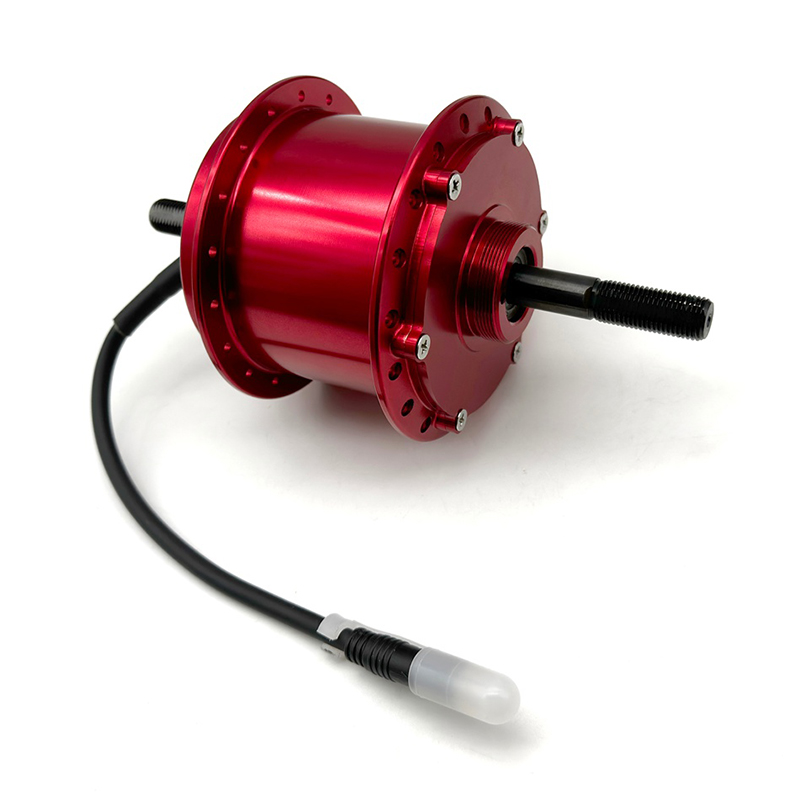 Mini Rear Hub Small Motor
Mini Rear Hub Small Motor
-
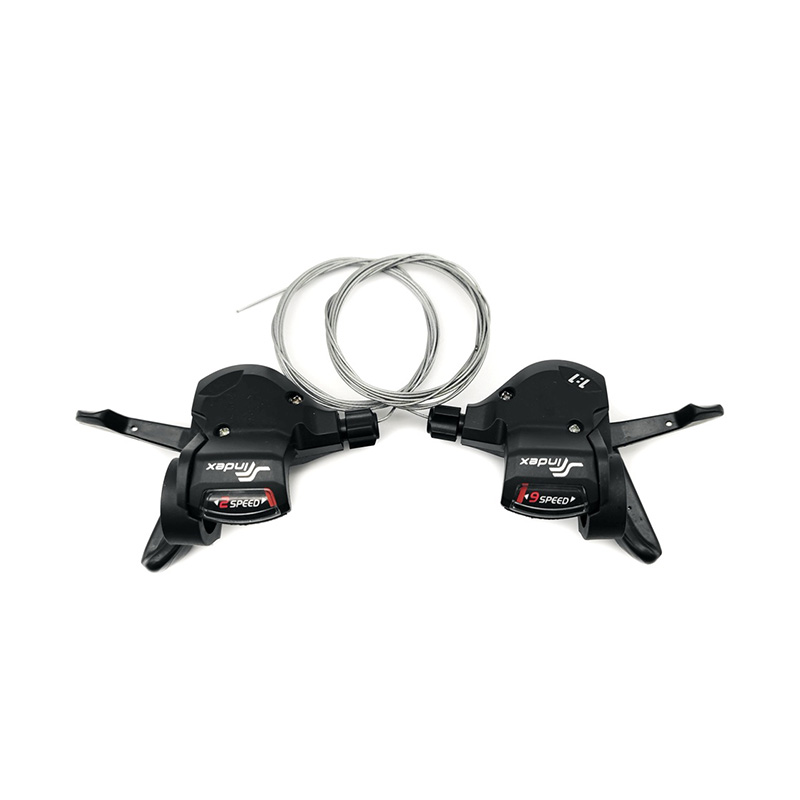 2x9S Bicycle Trigger Shifter
2x9S Bicycle Trigger Shifter
-
 2x8S Bicycle Trigger Shifter
2x8S Bicycle Trigger Shifter
-
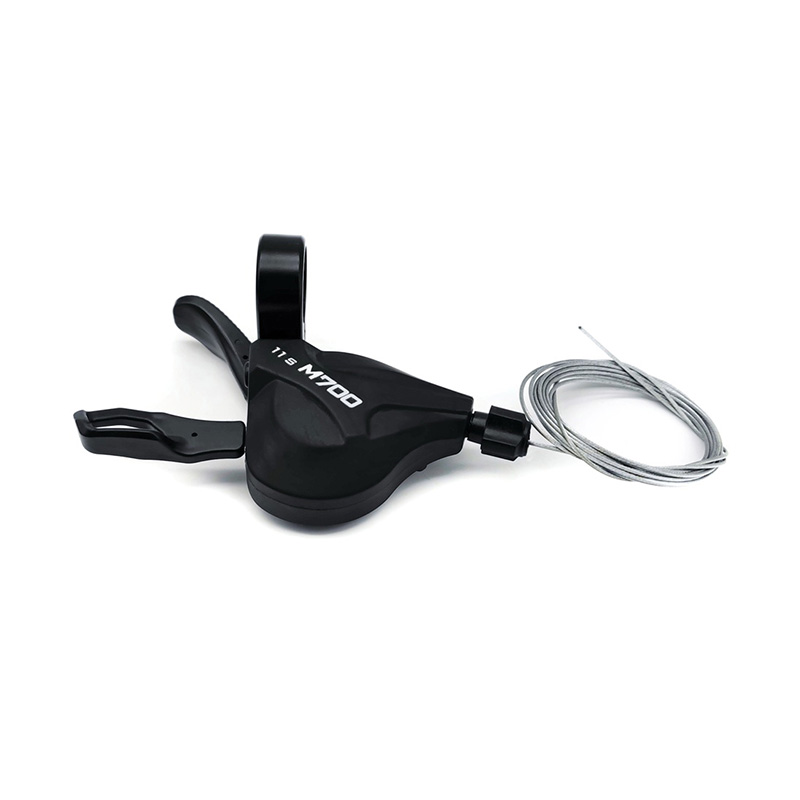 1x11S Bicycle Trigger Shifter
1x11S Bicycle Trigger Shifter
-
 3x8S Bicycle Trigger Shifter With Brake Lever
3x8S Bicycle Trigger Shifter With Brake Lever
-
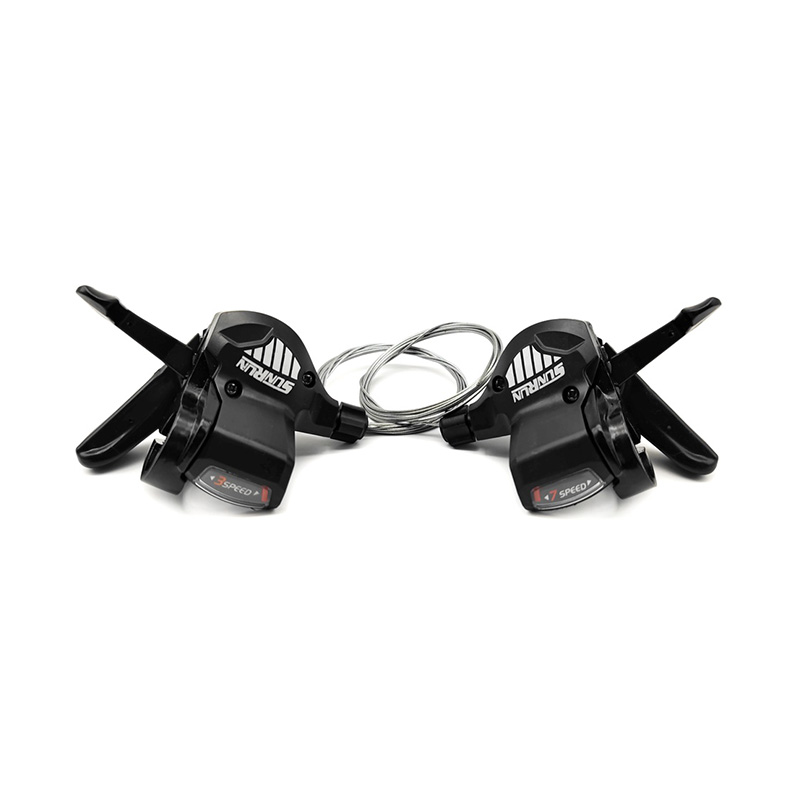 3x7S Bicycle Trigger Shifter
3x7S Bicycle Trigger Shifter
-
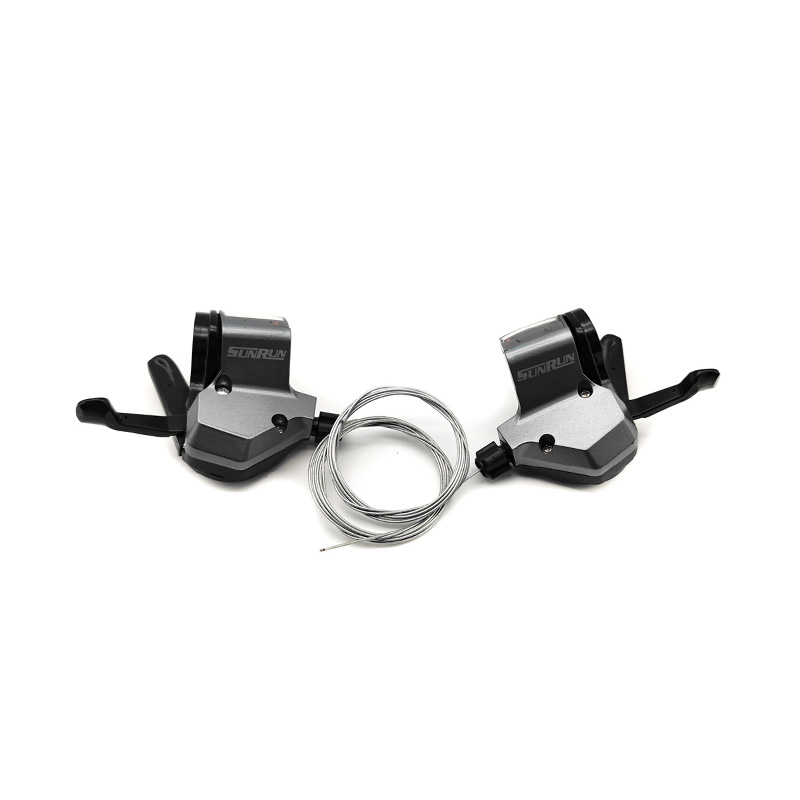 3x9S Bicycle Trigger Shifter
3x9S Bicycle Trigger Shifter
-
 3x7S Bicycle Trigger Shifter
3x7S Bicycle Trigger Shifter
-
 3x7S Bicycle Trigger Shifter With Brake Lever
3x7S Bicycle Trigger Shifter With Brake Lever
-
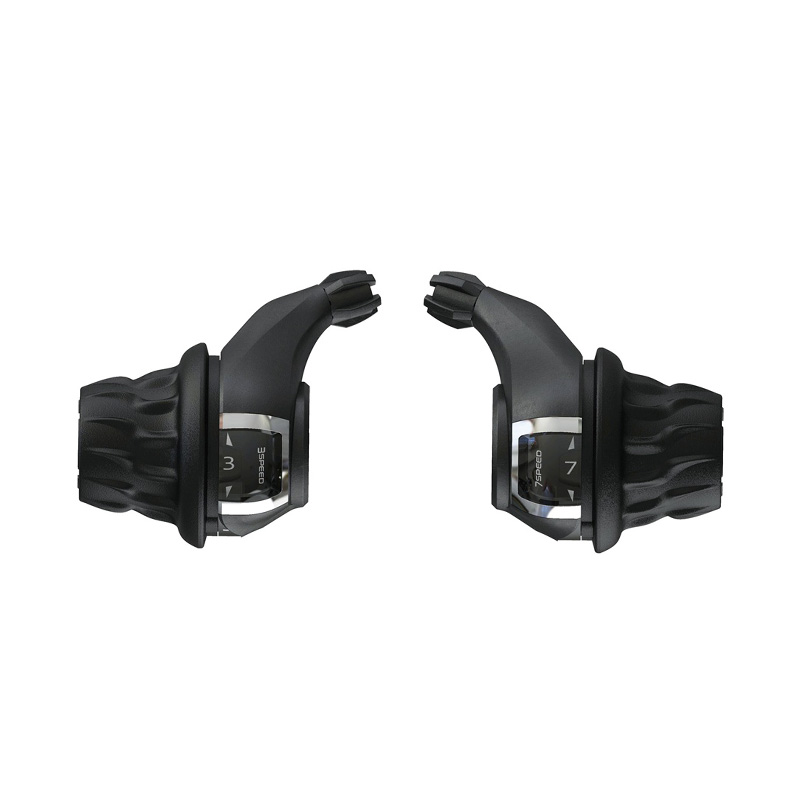 3x7S Bicycle Twist Shifter
3x7S Bicycle Twist Shifter
-
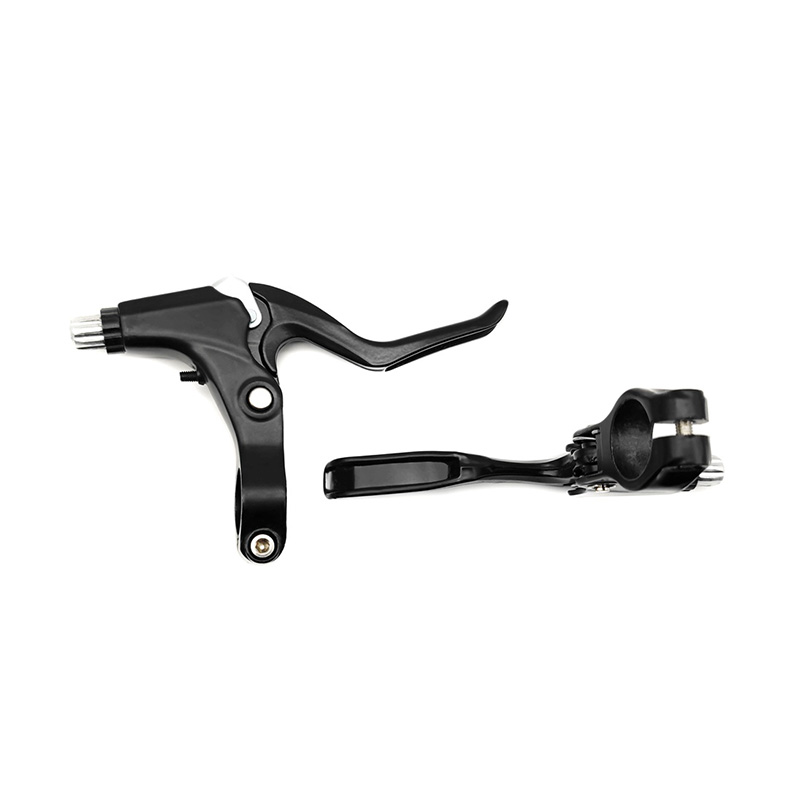 2-3 Fingers Full Alloy Bicyle Brake Lever
2-3 Fingers Full Alloy Bicyle Brake Lever
-
 2-3 Fingers Nylon-Composite with Steel Insertion Bicyle Brake Lever with Alloy Lever
2-3 Fingers Nylon-Composite with Steel Insertion Bicyle Brake Lever with Alloy Lever

 中文简体
中文简体 English
English

